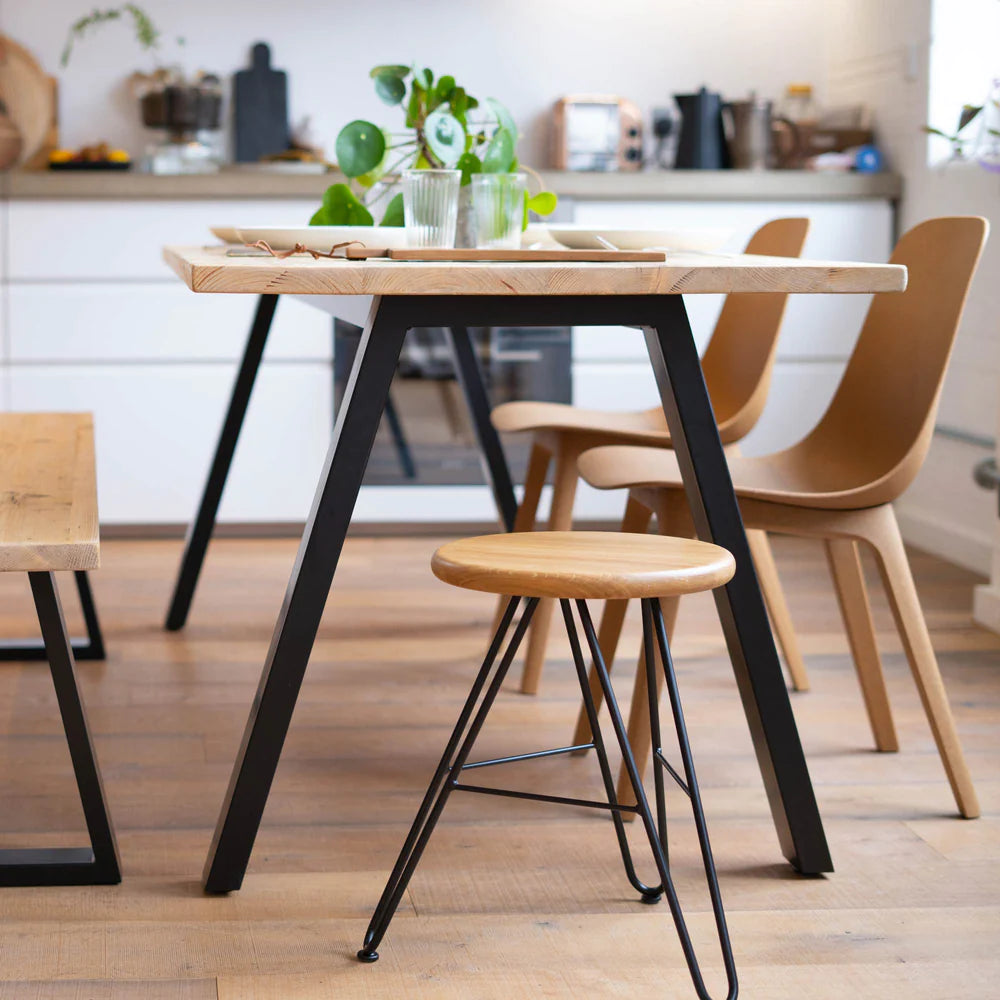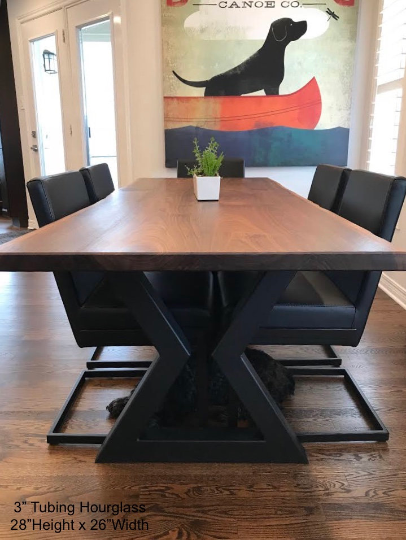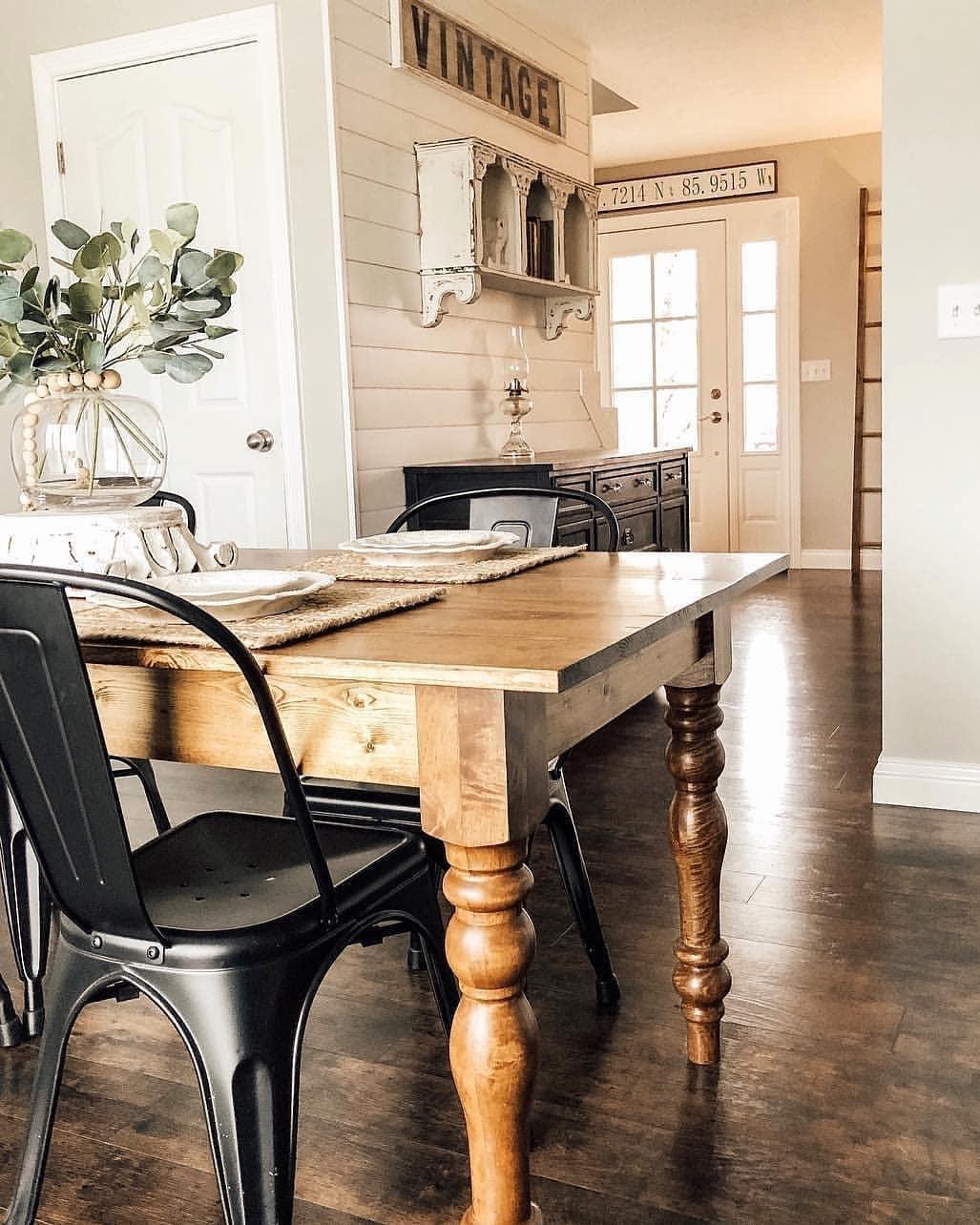How Dining Room Table Legs Can Change the Entire Aesthetic of Your Room
How Dining Room Table Legs Can Change the Entire Aesthetic of Your Room
Blog Article
Exactly How to Pick the Perfect Dining-room Table Legs for Your Home Design
Picking the excellent dining area table legs is a nuanced procedure that requires careful consideration of different elements, including your space restrictions, visual preferences, and sensible needs. The interaction in between styles, materials, and measurements can considerably affect the ambiance of your dining area, making it crucial to approach this choice carefully.
Assess Your Eating Space
Examining your eating space is vital for picking the right table legs that match both aesthetics and functionality. Begin by measuring the measurements of your eating area, consisting of ceiling height, flooring room, and proximity to other furniture. This information will certainly help figure out the proper size and elevation of your eating table, which directly influences the selection of table legs.
Next, think about the design and design of your eating area. For circumstances, an open-concept design might take advantage of table legs that use visual lightness, such as slim steel or acrylic choices. Conversely, a more typical setup might require strong wood legs that offer a sense of permanence.
Evaluate the existing shade combination and products in your eating location. Integrating the table legs with these components produces a cohesive look that improves the general decor. In addition, consider the functionality needed in your room. If you frequently organize large events, take into consideration legs that give extra assistance and security.
Ultimately, a complete assessment of your eating space will guide you in making a notified decision, ensuring that your table legs not only enhance the aesthetic allure yet additionally serve sensible objectives.
Consider Your Design Preferences
When choosing dining-room table legs, it is crucial to assess your personal design preferences, as they considerably affect the total visual of your eating room. Your selection of table legs can either complement or comparison with existing design, making it essential to straighten them with your recommended interior decoration style.
If your home leans towards a modern aesthetic, consider sleek steel or minimal wood legs that give a tidy, uncluttered look. For a much more conventional approach, elaborate wood legs with intricate carvings can add a touch of elegance and sophistication. Industrial styles profit from robust, basic materials such as reclaimed timber and metal mixes, showing a tough appeal.
In addition, farmhouse and rustic styles frequently prefer durable, chunky legs that evoke a feeling of warmth and comfort. Conversely, if your décor is diverse, you may pick unconventional shapes or a mix of materials to develop visual interest.

Evaluate Material Options
The selection of material for dining space table legs plays a crucial role in both longevity and aesthetic allure. Typical products consist of timber, steel, and composite options, each offering distinctive qualities that can influence the general look and longevity of your table.
Wood is a traditional choice, recognized for its heat and flexibility. Woods like oak and walnut offer extraordinary toughness and can be finished in numerous stains to match any decoration. However, softwoods like pine are a lot more vulnerable to scrapes and dents, making them less optimal for high-traffic locations.
Metal legs, commonly crafted from steel or light weight aluminum, exhibit modernity and industrial appeal. They are extremely sturdy and resistant to web link wear, making them suitable for households with youngsters or frequent gatherings (dining room table legs). Additionally, steel can be completed in various shades, improving the modification opportunities
Composite materials, such as MDF or laminate, offer price and varied layouts. While usually less resilient than solid timber or steel, they can still give a trendy look and are usually very easy to preserve.
Eventually, the material you pick must line up with your way of living, visual preferences, and the level of use your table will experience.
Determine Elevation and Dimension
Picking the proper elevation and dimension for your dining-room table is essential for both capability and convenience. The basic height for dining tables usually varies from 28 to 30 inches, enabling enough legroom for many individuals when seated. Nonetheless, it is essential to consider the measurements of your eating space and the sorts of chairs you plan to make use of.

Furthermore, consider the percentages of your dining-room. A larger table in a large area can produce a grand setting, while a smaller table functions well in even more intimate setups. Eventually, the right elevation and dimension will integrate with your general design and boost the dining experience for you and your guests.
Explore Customization Possibilities

In addition, the layout of the legs can be personalized to fit different styles, such as rustic, contemporary, or commercial. Tapered legs can evoke a mid-century modern feeling, while beefy, block-style legs may resonate with conventional or farmhouse design.
Property owners can additionally check out color coatings, from all-natural timber stains to paint, enabling them to match or comparison with the table top and surrounding design.
Furthermore, leg elevation can be gotten used to fit particular seating setups or individual choices, boosting both comfort and go to the website functionality.
Last but not least, unique decorations, such as carvings or attractive brackets, can even more customize the table legs, making the eating experience not simply a declaration however a dish piece in the home. By thinking about these modification alternatives, home owners can produce a dining room table that genuinely mirrors their individuality.
Conclusion
Selecting the excellent eating room table legs calls for cautious consideration of various elements, including the dimensions of the dining room, style preferences, material sturdiness, and desired height. Customization alternatives better boost the ability to achieve a cohesive visual that enhances the total decoration. By systematically assessing these components, house owners can make sure that the chosen table legs not just fulfill functional needs yet likewise contribute favorably to the dining experience and ambiance of the home.
Selecting the perfect eating room table legs This Site is a nuanced process that calls for mindful factor to consider of numerous elements, including your area restraints, visual preferences, and functional demands.Analyzing your dining space is vital for choosing the right table legs that enhance both appearances and functionality.When determining size, gauge the area where the table will be placed to ensure it fits conveniently, enabling for at least 36 inches of clearance around the table for simple movement. A bigger table in a roomy area can develop a grand ambiance, while a smaller sized table works well in even more intimate setups.Picking the optimal eating space table legs calls for cautious factor to consider of numerous elements, including the dimensions of the eating room, design choices, product longevity, and wanted height.
Report this page